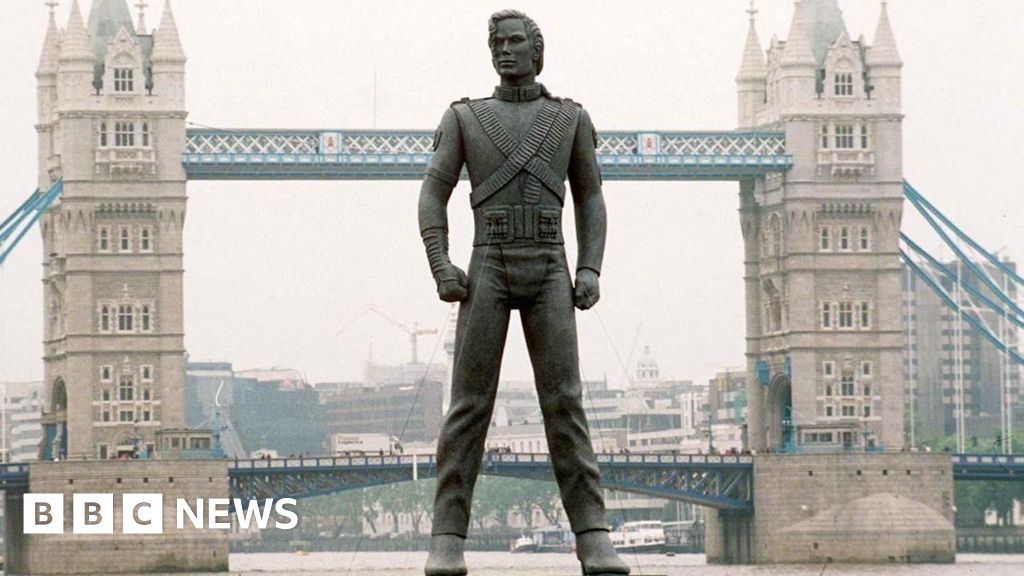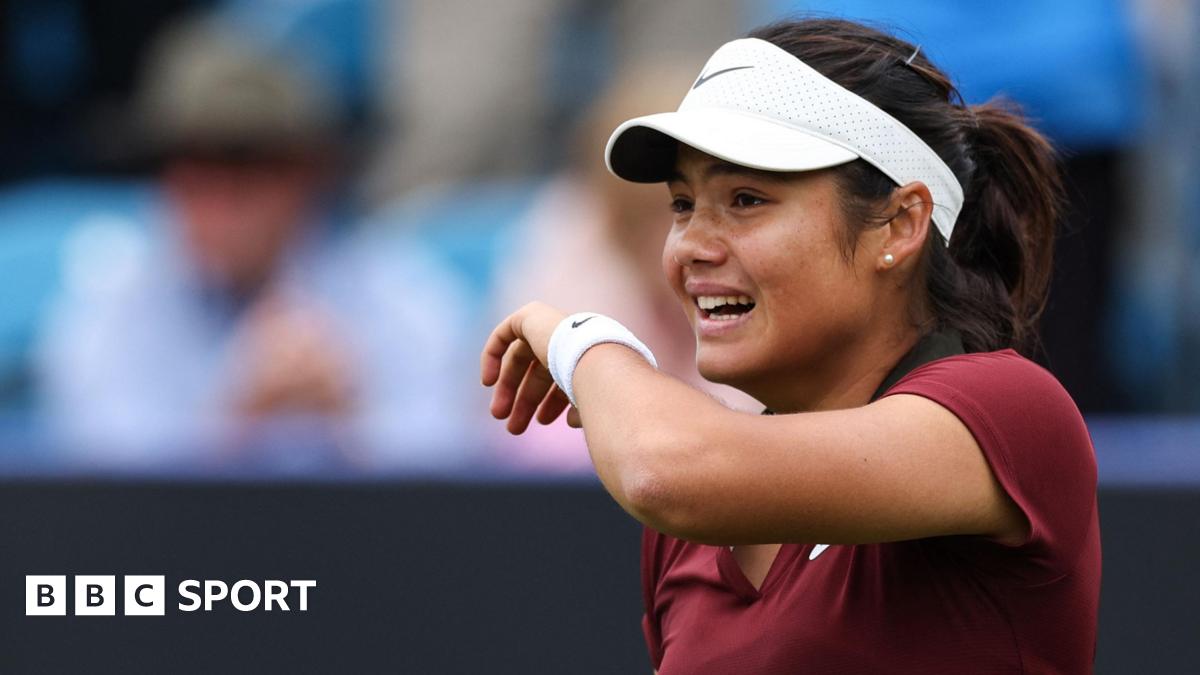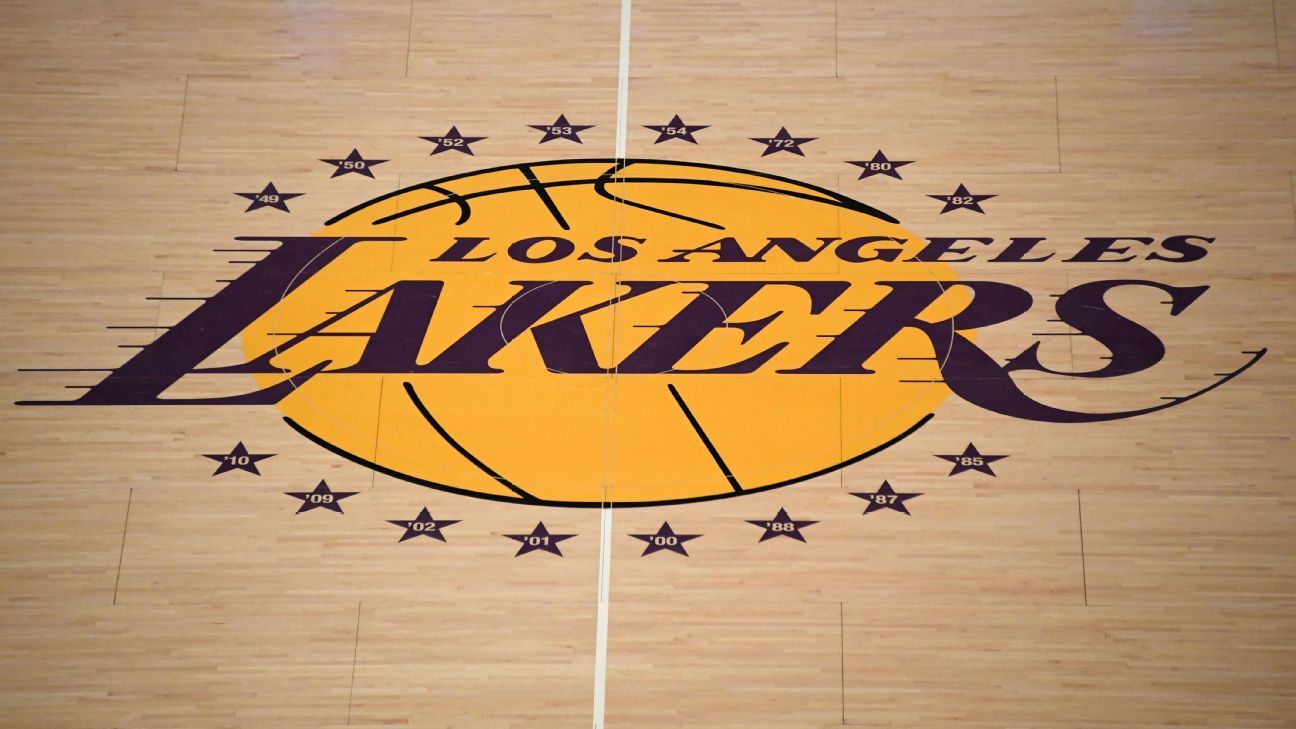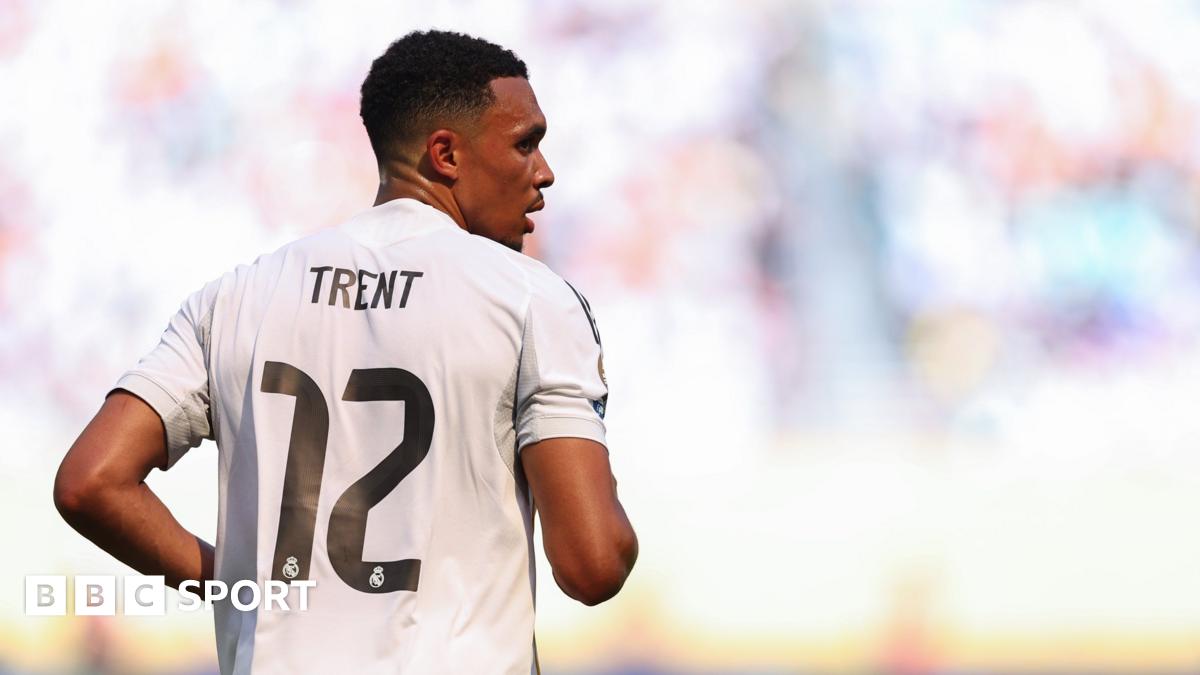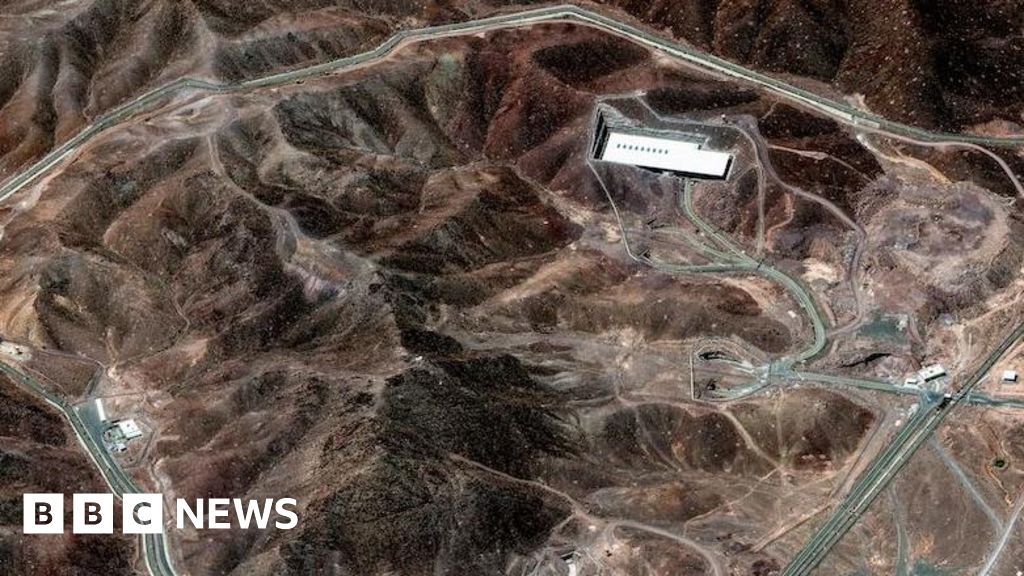
Ryan S. ClarkJun 27, 2025, 06:45 PM ET
- Ryan S. Clark is an NHL reporter for ESPN.
The NHL's offseason is off and running, and the trades have been piling up since the Florida Panthers raised the Stanley Cup for a second straight season.
That includes Chris Kreider heading to the Anaheim Ducks, Trevor Zegras joining the Philadelphia Flyers and Noah Dobson being traded to the Montreal Canadiens.
This page will be your home for report cards on every major trade this offseason, with the most recent deals first.

June 27: Coyle to the Blue Jackets
In need of salary cap space, the Colorado Avalanche created some Friday by trading Charlie Coyle and Miles Wood to the Columbus Blue Jackets.
In return, the Blue Jackets traded prospect forward Gavin Brindley, a 2025 third-round pick, and a conditional 2027 second-round pick to Colorado.
Let's take a quick glance at what it all means for both teams.
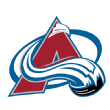
Colorado Avalanche
Grade: B+
The Avs secured a second-line center by signing Brock Nelson -- added at the trade deadline -- to a three-year contract extension worth $7.5 million annually. But that resulted in the Avs having just $1.2 million in cap space entering Friday, per PuckPedia. Given that the Avs have a six-player unrestricted free agent class -- led by Ryan Lindgren -- and it meant they needed to do something.
Coyle was one of the strongest candidates for a trade. His arrival at the trade deadline gave the Avs one of the best top-nine center dynamics in the NHL, behind Nathan MacKinnon and Nelson. But when a team is facing a cap crisis, does it make sense to pay a third-line center $5.25 million average annual value when there are more team-friendly options available?
Wood was another potential trade candidate, given he has four years left at $2.5 million AAV. Injuries and inconsistencies led to his scoring only 13 goals the past two seasons with the Avs -- the same amount he had in his final full season with the New Jersey Devils.
But that also leaves the Avs needing to address their bottom-six forwards -- in addition to possibly retaining Lindgren -- along with anything else they seek to accomplish in free agency.
It's possible Brindley could help with that at some point in the future. The 20-year-old was one of the top prospects in the Blue Jackets' farm system, which is one of the strongest in the NHL. A second-round pick in 2023, Brindley scored six goals and 17 points in 52 games while playing his first professional season in the AHL. Before that, Brindley starred at Michigan, where he scored 25 goals and 53 points as a sophomore during the 2023-24 season.
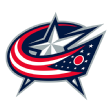
Columbus Blue Jackets
Grade: B+
At this point, the Blue Jackets have so much cap space that they can pick and choose what deals make sense. Especially if it involves working with a team that needs to create cap space like the Avs.
Coyle and Wood were a luxury in Colorado, but in Columbus they'll strengthen the bottom six while allowing the front office to focus elsewhere in free agency.
Entering Friday, the Blue Jackets had six unrestricted free agent forwards, while Dmitri Voronkov is a restricted free agent. Adding Coyle gives them a third-line center with Sean Monahan and Adam Fantilli on the top two lines. Wood gives them a winger who can be used on the fourth line (or potentially higher); altogether, the Jackets now have 13 forwards who are either under contract or under team control as an RFA.
They also have more than $30 million in cap space, with the idea that some of that could be used on extensions for Dante Fabbro and Ivan Provorov.
Brinkley was one of their best prospects, but the Blue Jackets still have promising forwards in their system, including Cayden Lindstrom, Jordan Dumais and Luca Del Bel Belluz.
June 27: Dobson to the Canadiens
Defenseman Noah Dobson was at the center of a trade Friday between the Montreal Canadiens and New York Islanders with the idea that both franchises are heading in different directions.
The Canadiens got Dobson after he had signed an eight-year contract extension worth $9.5 million annually with the Islanders on Friday. New York got forward Emil Heineman and both of the Canadiens' 2025 first-round picks, No. 16 and No. 17.
Here's how both front offices performed and what it means for each side going forward.
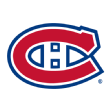
Montreal Canadiens
Grade: A
If there's an opportunity to get a 25-year-old, right-handed-shooting, top-pairing, puck-moving defenseman who can play in every scenario -- who is also packaged in a 6-foot-4 frame -- that's a move a GM should make.
But, it's done with the full understanding that it's going to cost quite a bit, and that's what makes the decision by Canadiens GM Kent Hughes one that's rather emphatic because of what it signals about his team.
Specifically, Montreal is serious about making its 2025 playoff appearance a regular occurrence, with the goal of winning a Stanley Cup in the near future.
Future. That's the word at the heart of what this trade represented for the Canadiens. Having two first-round picks is a benefit. For teams in a rebuild, it's a chance to build toward what they believe is a stronger future, while playoff teams -- or those on the cusp -- use them as trade chips to acquire someone who can make them better now.
Hughes took the latter option with this deal, and it provides Montreal with what appears to be one of the more enticing young defensive setups in the NHL.
Dobson, who has scored 10 or more goals in four straight seasons, adds to a group of young Canadiens defensemen that includes reigning Calder Trophy winner Lane Hutson, Kaiden Guhle and Jayden Struble. The Habs also have recent first-round picks Logan Mailloux and David Reinbacher in their system.
That's six defensemen all younger than 25. Four of them are first-round picks, while the remainder were second-round selections (including Hutson). This is what's called a problem. Or rather, it has the potential to create a problem because of what that collection could achieve over time.
But then there's the actual "problem" facing Hughes now that he has Dobson under contract, in that the Habs are now $3.394 million over the salary cap (per PuckPedia), while having seven defensemen under contract or team control for 2025-26.
It's going to force Hughes to decide which defenseman Montreal moves on from to clear cap space, while also having the necessary group to make the aforementioned playoff push. Veteran Mike Matheson has one year left on his contract at $4.88 million before he becomes an unrestricted free agent, while Alexandre Carrier has two years remaining at $3.75 million annually before he hits the open market.
Getting that situation handled sooner rather than later allows the Habs to gain more financial flexibility should they want to do more, although they also have a pair of RFAs in Struble and Jakub Dobes who are in need of new deals.
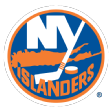
New York Islanders
Grade: A
New Islanders GM Mathieu Darche spent six seasons in the Tampa Bay Lightning's front office, allowing him to appreciate the value of certain items. One of them is the value of building a long-term winner through the draft.
GMs running lottery teams need to have a level of honesty and understanding about the direction of their franchise. That's what makes anything the Islanders do in Darche's first offseason even more critical.
That's not to say that Dobson couldn't have been part of those long-term plans on Long Island. But there's also something to be said for identifying the strongest possible value a player has for your franchise, and determining that this value is greater with a return like one that Darche got here.
What Darche received in exchange for a top-pairing defenseman in Dobson will play a significant role in shaping the Islanders for the next decade, if not longer.
Having the No. 1 pick was a starting point toward that future -- and it's likely he'll add talented defenseman Matthew Schaefer with that pick. But by now adding two more first-round picks, he has even more options.
Darche and his staff might decide they want to keep both picks they acquired from the Canadiens, and draft three players. After all, they would be adding more to a system that, despite having 2024 first-rounder Cole Eiserman, is in distinct need of talent. Part of the reason for that is that the Isles have had four draft classes since 2018 (2020, 2021, 2022, 2023) in which they did not have a first-round pick.
Or will Darche look to repackage one or both of those picks in another trade, with the hope of doing something else he and his staff believe can set them up for even greater success over the long term?
Although the future is in focus, there's also something to be said about the present and what it means now that Dobson is gone. The Islanders now have five defensemen under contract, and seven who are under team control, with a pair of pending RFAs in Scott Perunovich and Alexander Romanov. Tony DeAngelo and Mike Reilly are UFAs from the 2024-25 roster.
The Islanders have $20.934 million in cap space (per PuckPedia), which can be used to address their defensive needs along with whatever else they need to handle this summer; that includes re-signing Heineman, who is an RFA after scoring 10 goals and 18 points in 62 games during his first full NHL season.
June 26: Peterka to the Mammoth
0:46
JJ Peterka lights the lamp for Sabres
JJ Peterka lights the lamp for Sabres
Two of the storylines to watch this NHL offseason were whether the Utah Mammoth could add at least one top-six forward to their roster, and if the Buffalo Sabres would part ways with restricted free agent JJ Peterka.
Wednesday night or early Thursday, depending upon the time zone, those narratives collided, with the Mammoth acquiring Peterka in a trade with the Sabres, with forward Josh Doan and defenseman Michael Kesselring going to western New York.
Let's look at how both front offices performed in this swap, as well as what it means for each franchise moving forward.

Utah Mammoth
Grade: A+
In 2024-25, the Utah Hockey Club was a top-10 team in terms of shot share, shots per 60 minutes rate, and scoring chances per 60 -- but finished 16th in goals per game. So there was a disconnect. With $20.357 million in salary cap space, a solution needed to be found for that problem.
And so the latest significant move for Mammoth GM Bill Armstrong? Landing Peterka in trade, then immediately signing him to a five-year extension worth $7.7 million annually.
Since Ryan and Ashley Smith purchased the franchise and moved the team to Salt Lake City, the Mammoth have taken a strategic yet aggressive approach. It started last year when they traded for a legitimate No. 1 defenseman in Mikhail Sergachev along with John Marino as part of a plan to revamp their blue line.
Peterka is a continuation of that need to take another big swing. In doing so, the Mammoth add a 23-year-old proven goal scorer who not only addresses their need for more goals but also fits into their long-term plans. After scoring 28 goals and what was then a career-high 50 points in 2023-24, Peterka responded with 27 goals and 68 points in 77 games in what would be his final season in Buffalo.
Trades can often be about creating more options for a team, and Peterka gives the Mammoth quite a few. They now have a top-six winger group that also includes Clayton Keller, Dylan Guenther, and Nick Schmaltz. That amounts to a quartet of 20-goal scorers to play with centers Logan Cooley and Barrett Hayton, who also scored more than 20 goals last season, anchoring those top two lines.
Armed with what's considered to be one of the strongest farm systems in the NHL, the Mammoth didn't have to part ways with any of their top prospects to get Peterka. They still have Matias Maccelli -- who they could seek to move one from in another trade -- and still have $14.982 million in cap space, per PuckPedia.
Nick Bjugstad and Michael Carcone are their most prominent unrestricted free agents, while Jack McBain remains their lone restricted free agent. After landing a difference-maker at No. 4 overall in the draft on Friday -- or using that pick to acquire another NHL-ready player instead -- they'll be able to use the majority of that remaining cap space to be active in free agency on July 1.

Buffalo Sabres
Grade: B-
The most apt word one could use to describe what Sabres GM Kevyn Adams received in return for Peterka? Complicated.
Generally, a 23-year-old top-six forward who remains under team control is going to hypothetically attract a certain price. In some ways, the Sabres were able to get that by receiving a pair of NHL players in Doan and Kesselring. But there's an argument to be made that the Sabres didn't receive enough.
Missing the playoffs for the past 14 seasons has left the Sabres in the space between trying to end that drought, while having one eye on the future in case plans need to change (again). Although the Sabres do have one of the stronger farm systems, the Peterka trade presented an opportunity for them to add more -- whether it be through draft capital or prospects.
That's especially true when the player at the center of the deal was so important to the Sabres, given he was second on the team in points, third in goals, third in power-play points and third in ice time among forwards with more than 70 games.
It's not like Adams walked away with nothing. Doan could carve a place as a top-nine forward. Joining the Sabres is a chance for Doan to find the consistency that eluded him in Utah. He played 28 games in the AHL last season in addition to the 51 games he played for the Hockey Club.
Kesselring gives the Sabres a third right-shot defenseman on their roster. He finished with more than 20 points, while logging more than 70 games, in consecutive seasons. He was also sixth among Mammoth defensemen in average ice time; like Doan, he could see a greater role in Buffalo.
Doan and Kesselring give the Sabres depth. They are also going to cost the club a combined $2.325 million in cap space, with both players having a year left on their respective contracts before restricted free agency. The Sabres now have $20.881 million in cap space, per PuckPedia.
Yet it still results in this question: Was a bottom-six/middle-six forward and a middle-pairing (at best) defenseman enough of a return for a top-six forward? Or should Adams have gotten more for a player that is addressing one of the Mammoth's biggest needs, while leaving themselves in need of filling a sizable hole in the roster?
June 23: Zegras to the Flyers
2:18
The highlight reel Trevor Zegras is taking to Philadelphia
With Trevor Zegras being shipped to the Flyers, relive some of his top plays from his last season with the Ducks.
Rumor finally became reality Monday with the Anaheim Ducks trading forward Trevor Zegras to the Philadelphia Flyers.
The Ducks moved Zegras, who has long been discussed as a potential trade target, to the Flyers for forward Ryan Poehling, a 2025 second-round pick (originally belonging to the Columbus Blue Jackets) and a 2026 fourth-round pick.
What does it all mean, and how did both front offices fare?
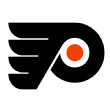
Philadelphia Flyers
Grade: B+
"Potential" is the word that's going to be used the most to describe this trade.
It starts with the fact that Zegras gives the Flyers another top-nine center in addition to what they already have with Sean Couturier and Noah Cates, with the idea that Zegras has the potential to become their top-line center.
Zegras is a two-time 20-goal scorer who has also authored a pair of consecutive 60-point seasons. That could give the Flyers, who finished 24th in goals per game, another player who can score while creating opportunities for those around him.
At 24, he also potentially fits within the Flyers' long-term plans. The Flyers were the NHL's youngest team in 2024-25, with an average age of 26.09 years, according to Elite Prospects.
Again, the key word here is potentially.
Injuries and inconsistencies over the past two seasons created questions as to whether Zegras could return to becoming the player who had those consecutive 60-point seasons back in 2021-22 and 2022-23. Further, they led to inquiries about whether he'd return to or surpass those totals while remaining the Ducks.
Surrounding Zegras with wingers such as Tyson Foerster, Travis Konecny, Matvei Michkov and/or Owen Tippett could get him back on track. After all, at one point Zegras was among the league's breakout stars and looked as if he was going to become one of the future faces of the NHL. He was chosen as the cover athlete for NHL 23.
Then there's the added incentive that Zegras is in the final season of a three-year contract worth $5.75 million annually. He will remain under team control as a restricted free agent for the next two seasons before becoming an unrestricted free agent at the end of the 2027-28 campaign.
Even after taking on Zegras' salary, the Flyers will still have $15.141 million in cap space, per PuckPedia.

Anaheim Ducks
Grade: A-
For all the questions the Ducks faced about holding on to Zegras, there appeared to be a rather large one looming:
Is it prudent to pay a third-line center more than $5 million annually when there are cheaper options available and other roster holes to fill?
Leo Carlsson -- the No. 2 overall pick from 2023 -- showed he could handle the demands of being a full-time, top-line center. He scored 20 goals and 45 points last season, giving the Ducks a two-way center packaged inside a 6-3, 205-pound frame.
Follow that with Mason McTavish, who was the No. 3 draft pick in 2021, scoring 22 goals and a career-high 52 points in a second-line center role.
McTavish led the Ducks in goals last season and finished second in points. Carlsson was third on the team in points. Getting that sort of production out of their top two centers made Zegras expendable for Anaheim.
Then there are the financial ramifications. Anaheim is projected to have a little more than $36 million in cap space this season, which appears to be quite a bit, and it is -- until one looks at the future and how GM Pat Verbreek must tread carefully. Lukas Dostal, Drew Helleson and McTavish are restricted free agents in need of new contracts this offseason. Those deals will likely shape what necessary funds the Ducks possess to be active in unrestricted free agency starting July 1.
Looking at what they could do next offseason, however, is what made the trade more enticing. Zegras was slated to be part of a six-player RFA class that includes Carlsson, Cutter Gauthier, Pavel Mintyukov, Jackson LaCombe and Olen Zellweger, while Jacob Trouba will be an unrestricted free agent then.
That five-player RFA class and Trouba remain in place, so those decisions will have to be made. But instead of having to worry about what to pay Zegras, the Ducks could have a much lower price point to deal with when it comes to Poehling, a 26-year-old who scored 12 goals and 31 points in 2024-25. He has one year remaining on his contract worth $1.9 million before he becomes a UFA next summer.
June 12: Kreider to the Ducks
0:54
Chris Kreider traded to the Ducks
Take a look at the stats and notes to know after the Rangers dealt Chris Kreider to the Ducks.
Could this be the start of something more?
That question could be asked of both the Anaheim Ducks and the New York Rangers after the first major trade this offseason. On Thursday, the Rangers sent Chris Kreider and a 2025 fourth-round pick (Anaheim's own, previously acquired in the December 2024 Jacob Trouba trade) to the Ducks for center prospect Carey Terrance and a 2025 third-round pick (Toronto's, acquired in the Feb. 2024 Ilya Lyubushkin trade).
Here's a glance at what this means for both franchises along how they each performed.
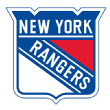
New York Rangers
Grade: B+
There was a need to create salary cap space. There were the questions about production. There was also the fact that the Rangers could find a replacement elsewhere.
All told, there were many reasons that influenced the Rangers' decision to move on from Chris Kreider.
Kreider scored 20 or more goals for the seventh straight season and for the 10th time in his career. That consistency is what came to define Kreider, but it became one of the reasons a move out of New York seemed likely.
Kreider turned 34 in late April, at the end of a season in which he scored 22 goals; however, that was a decline from what he had done the past three years. He scored 36 or more goals in each of the last three seasons, while averaging 69 points per campaign in that time. He finished with 30 points in 68 games this season, for a 0.44 points-per-game average.
With two years left on his contract worth $6.5 million annually, it became a numbers game for the Rangers.
Star goaltender Igor Shesterkin signed a new contract that starts in 2025-26 that ramps up his annual salary from $5.67 million to $11.50 million. There were also the series of in-season trades that Rangers GM Chris Drury made to get Will Borgen and J.T. Miller that led to them taking on an additional $12.1 million per year; Borgen signed a five-year extension worth $4.1 million annually, and Miller is entering the second of a seven-year pact in which he'll earn $8 million annually.
This left the Rangers needing to find solutions to address a seven-player restricted free agent class led by K'Andre Miller, Zac Jones, Matthew Robertson, and Will Cuylle.
That's not to say there aren't questions about how they'll replace Kreider's production.
It's what made the spring signing of Boston College star winger Gabe Perreault important, because it gives the Rangers a potential top-six option on a team-friendly deal, while allowing them to create the necessary space to address that RFA class -- on top of everything else they may seek to achieve this offseason.
The Rangers now have $14.922 million in cap space after shedding Kreider's contract, per PuckPedia. That provides the front office with more financial flexibility than it initially possessed, with the notion it might not be done.
Adding Terrance, who signed with the Ducks in April, brings a center prospect to a system that appeared to need one. Their strongest prospect down the middle, Noah Laba, signed with the club after three seasons at Colorado College, while Dylan Roobroeck's first full professional campaign included 20 goals in the AHL.
Terrance, who was a second-round pick in 2023, had his third straight 20-goal season for the OHL's Erie Otters; overall, he finished with 39 points in 45 games. He also represented Team USA at the IIHF World Junior Championships, where he had two goals in seven games before sustaining an injury.

Anaheim Ducks
Grade: B+
Rebuilds are all about ending up in a better place, with the notion that all of them take a different path to reach that desired destination. The Kreider trade is a signal that the Ducks are remaining steadfast in an approach that has served them well so far, with the belief it could lead to them either reaching the playoffs or at least be in the wild-card discussion in 2025-26.
For all the conversations about how they have drafted and developed, the Ducks have also made a concerted effort to insulate that homegrown young core with respected veterans. It's a veteran group that includes Radko Gudas, Alex Killorn, Frank Vatrano, and Krieder's former Rangers teammate Jacob Trouba.
So what does this mean for the Ducks' top-nine winger setup? Kreider adds to a group that has Sam Colangelo, Cutter Gauthier, Troy Terry, Killorn, and Vatrano. Not only does it provide the Ducks with goal scorers in general, but also with players who can grab those goals in a variety of ways.
And this is what makes the Ducks either fascinating -- or terrifying -- depending upon the perspective. Ducks GM Pat Verbeek just took on a forward with a $6.5 million cap hit, and PuckPedia projects he still has more than $32.188 million in available space.
This is what could make Katella Avenue a destination come free agency on July 1.
Of course, Verbeek must act responsibly. Lukas Dostal, Drew Helleson and Mason McTavish, who are part of the Ducks' young core, are each pending RFAs that need a new contract. Then there's what lies ahead next offseason, when Leo Carlsson, Jackson LaCombe, Pavel Mintyukov, Trevor Zegras, Olen Zellweger, and Gauthier will all need new deals at the same time.
Possessing that much young talent on cheap contracts creates financial flexibility. It's why they were able to add Kreider for the price of a draft pick and a prospect in Terrance, who was expendable because of their center situation in the NHL and Lucas Pettersson, their second-round pick in 2024, in the system.
Ever since their rebuild started, the Ducks have been a franchise that's been about trying to make progress by any means necessary. They've developed one of the NHL's most promising farm systems in that time, and cultivated an expectation for their prospects. All the while, they've known when to make the moves like the one that got them Kreider.
Now what?
Finishing with 80 points for the first time since the 2018-19 season has them at a critical point. It's part of the reason why they moved on from head coach Greg Cronin after two seasons to hire Joel Quenneville with the premise that they feel they can go further.
Because that's what it means to play in the gauntlet that has become the Western Conference. For all the established contenders like the Edmonton Oilers, Dallas Stars, Vegas Golden Knights and Colorado Avalanche, there are still other teams that can carve a path.
The Seattle Kraken did it in their second season back in 2022-23. A year later, the Vancouver Canucks did it in their first full season under Rick Tocchet in 2023-24. This season saw the St. Louis Blues return to the playoffs, while the Calgary Flames and Utah Hockey Club pushed until the latter stages of the regular season.
Anaheim finished 16 points out of the final Western Conference wild-card spot. But the gradual improvement the Ducks have shown -- along with the fact they have made two of the bigger moves this offseason, believing they could do more -- could see them knocking on the door to the postseason, or kicking right through it.































